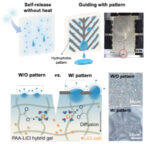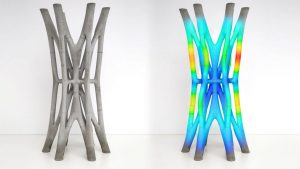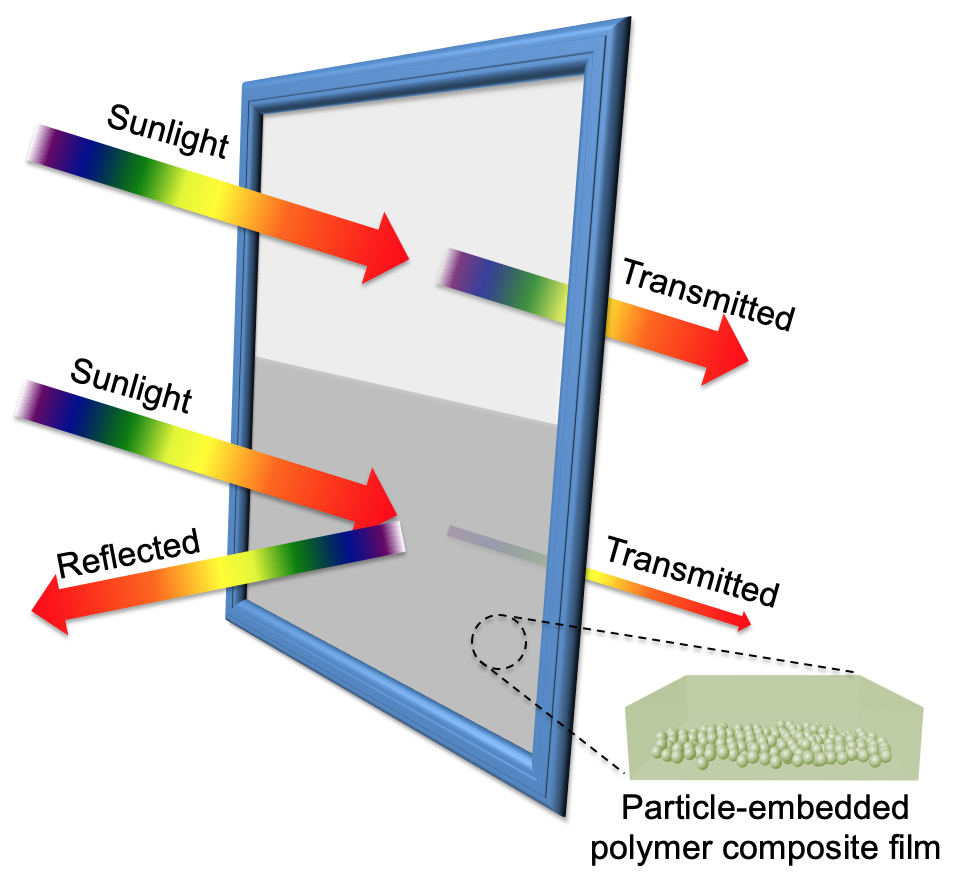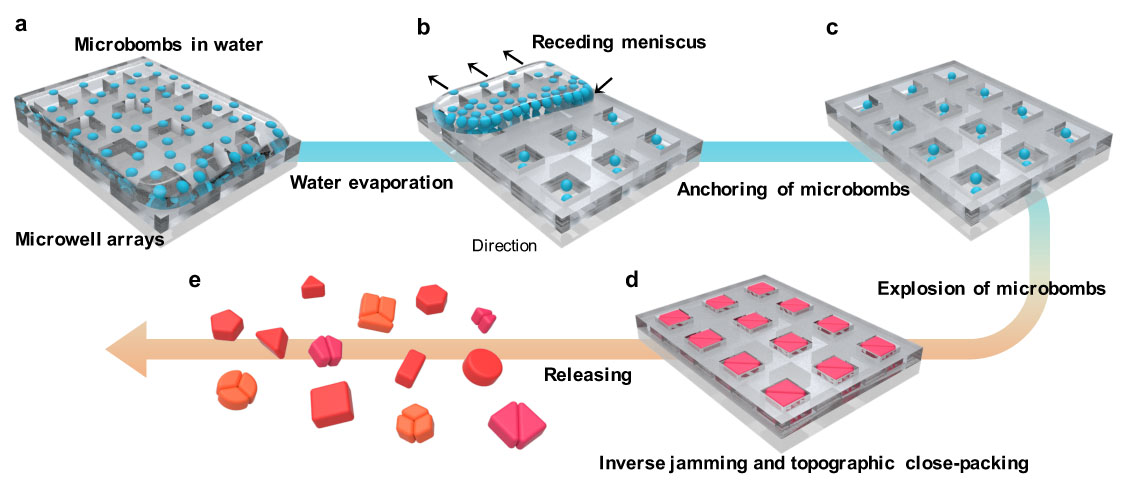As the population continues to growth, the planet gets hotter and hotter, we consume more energy, yet our resources become more and more scarce. There are critical needs to develop materials for energy efficiency, reduced green gas emission and waste, carbon neutrality and circularity to improve our ecosystems. By design of lightweight yet high strength materials with locally and globally tailored chemical compositions, structures, and properties, we reduce waste for energy efficiency and sustainability. Using origami/kirigami strategies, we design dynamic building envelopes for self-shading, water harvesting, moisture removal and load shifting. By design of responsive materials, we reuse, repurpose and reprogram materials. By incorporating carbon absorbing bio- and synthetic materials into building components, we capture CO2 for carbon neutrality in the building.
Publications
 Nah, So Hee†; Lee, Yunchan†; Yu, Kun-Hao; Chi, Yinding; Lee, Hyemin; Chen, Baohong; Patel, Mohit; Wang, Kunyu and Yang, Shu*, “Moisture absorbing and water self-releasing from hybrid hydrogel desiccants”, Adv. Funct. Mater. 2024, 2313881. (†: equal contribution). DOI
Nah, So Hee†; Lee, Yunchan†; Yu, Kun-Hao; Chi, Yinding; Lee, Hyemin; Chen, Baohong; Patel, Mohit; Wang, Kunyu and Yang, Shu*, “Moisture absorbing and water self-releasing from hybrid hydrogel desiccants”, Adv. Funct. Mater. 2024, 2313881. (†: equal contribution). DOI
 Jung, Heesuk; Hou, Miaomiao; Kang, Byungsoo; Wang, Zherui; Choi, Hyojeong; Lee, Hyeong Won; Lee, Yongju; Lee, Phillip; Aviv, Dorit*; Kim, Hyeok*; and Yang, Shu*, “Large-scaled and Solar-reflective Kirigami-based Building Envelopes for Shading and Occupants’ thermal Comfort”, Adv. Sustain. Sys. 2023, 7, 2300253. DOI.
Jung, Heesuk; Hou, Miaomiao; Kang, Byungsoo; Wang, Zherui; Choi, Hyojeong; Lee, Hyeong Won; Lee, Yongju; Lee, Phillip; Aviv, Dorit*; Kim, Hyeok*; and Yang, Shu*, “Large-scaled and Solar-reflective Kirigami-based Building Envelopes for Shading and Occupants’ thermal Comfort”, Adv. Sustain. Sys. 2023, 7, 2300253. DOI.
 Li, Jing; Ran, Ranjiangshang; Wang, Haihuan; Wang, Yuchen; Chen, You; Niu, Shichao; Arratia, Paulo E.; Yang, Shu*, "Aerodynamics-assisted, efficient and scalable kirigami fog collectors”, Nat. Comm., 2021,12, 5484. DOI. Shareit.
Li, Jing; Ran, Ranjiangshang; Wang, Haihuan; Wang, Yuchen; Chen, You; Niu, Shichao; Arratia, Paulo E.; Yang, Shu*, "Aerodynamics-assisted, efficient and scalable kirigami fog collectors”, Nat. Comm., 2021,12, 5484. DOI. Shareit.
 “self-morphing building blocks”: cell-sized modules that can be assembled into human-scale structures, maximizing strength and minimizing weight in the same way evolution has optimized biological organisms.
“self-morphing building blocks”: cell-sized modules that can be assembled into human-scale structures, maximizing strength and minimizing weight in the same way evolution has optimized biological organisms.
Humans have been designing better construction materials for millennia, but for many applications, even the most advanced technologies can’t compete with evolution. The ideal mix of qualities found in biological materials, such wood, chitin and bone, originate at the cellular level. They are all composed of nanoscale building blocks that have been optimized by natural selection over millions of years, with geometries that provide maximum support at minimum weight. Inspired by these biological materials, we will develop artificial structures that are load-bearing, lightwave-guiding, sound insulating, and self-morphing from the nano- to macroscales.
 Kim, Hye-Na and Yang, S.*; “Responsive Smart Windows from Nanoparticle-Polymer Composites”, Adv. Funct. Mater. 2020, 30 (2), 1902597 (invited review). DOI. Among the top 10% most downloaded papers in Adv. Funct. Mater.
Kim, Hye-Na and Yang, S.*; “Responsive Smart Windows from Nanoparticle-Polymer Composites”, Adv. Funct. Mater. 2020, 30 (2), 1902597 (invited review). DOI. Among the top 10% most downloaded papers in Adv. Funct. Mater.
 Yu, Seunggun†; Cho, Hyesung†; Hong, Jun Pyo; Park, Hyunchul; Christopher Jolly, Jason; Kang, Hong Suk; Kim, Junsoo; Lee, Seung Hwan; Lee, Albert S.; Hong, Soon Man; Park, Cheolmin; Yang, Shu*; and Koo, Chong Min*, “Shaping micro-clusters via topographically close-packed jamming of microbombs”, Nat. Commun. 2017, 8, 721. DOI. PDF (†: equal contribution) News
Yu, Seunggun†; Cho, Hyesung†; Hong, Jun Pyo; Park, Hyunchul; Christopher Jolly, Jason; Kang, Hong Suk; Kim, Junsoo; Lee, Seung Hwan; Lee, Albert S.; Hong, Soon Man; Park, Cheolmin; Yang, Shu*; and Koo, Chong Min*, “Shaping micro-clusters via topographically close-packed jamming of microbombs”, Nat. Commun. 2017, 8, 721. DOI. PDF (†: equal contribution) News